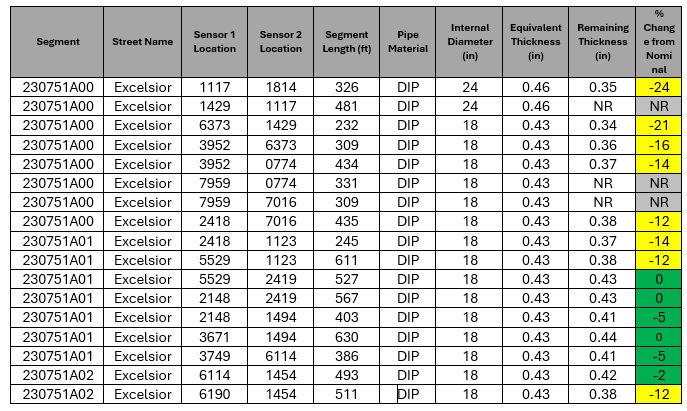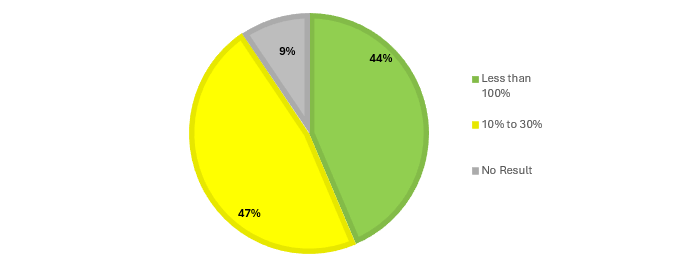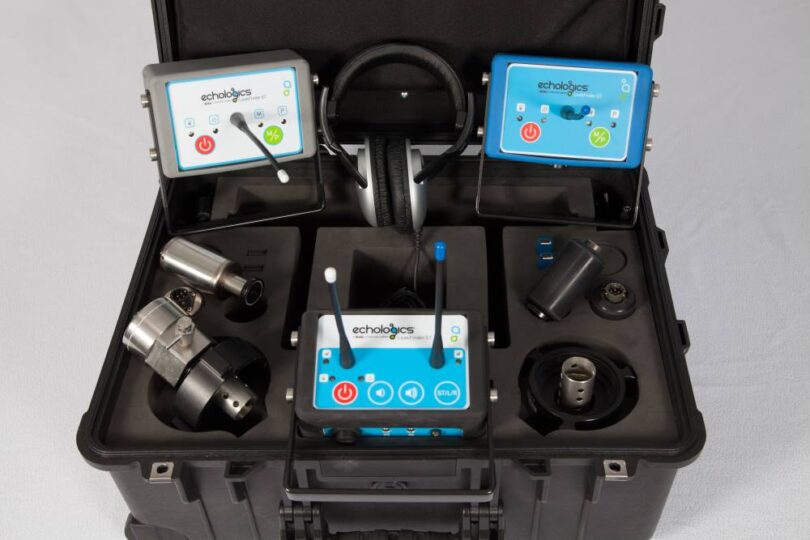The City of Minnetonka, a suburban community within the Minneapolis/Saint Paul metro area, is situated along the picturesque shores of Lake Minnetonka. The city’s water network supplies between 2 and 2.4 billion gallons of water annually to more than 50,000 residents.
The water system is comprised of eight water treatment plants, approximately 3,100 fire hydrants, 300 miles of water mains, 16,000 service connections, eight elevated storage facilities, and one reservoir. Notably, an estimated 80% of the water pipe network was installed during expansive municipal developments in the 1950s and 1960s, and many components are now expected to reach the end of their design life within the next 20 years.
In 2022, Hennepin County contacted the City to start planning the rehabilitation of two miles of County Road 3 (Excelsior Boulevard) in the next 5 years. Excelsior Boulevard serves as the corridor for a critical 18-inch ductile iron trunk water main that runs between two water treatment plants and is adjacent to one of the city’s elevated storage tanks. The main was originally installed in phases from 1968-73 and has had four failures in the past five years. The County has a five-year excavation moratorium following rehabilitation of a roadway surface, and an expectation that no significant utility work is to be performed for 20 years following a resurfacing project.
The City was faced with a decision to either rehabilitate or replace two miles of 18-inch water main now or delay the work for 20 years. There is significant cost involved with replacing water mains this large, so the City wanted to know if it was possible to defer that spending. Excelsior Boulevard is a heavily trafficked roadway, and the work would also require traffic control.
To gather critical data on the condition of the water main, the City sought out condition assessment solutions and contracted SEH, Inc., a local civil engineering firm. Dave Hutton Senior Project Manager at SEH, said “We have developed a strong partnership with Echologics using their ePulse technology to asses the condition of pipe mains, and assist municipalities in planning and budgeting their water main rehabilitation projects. The City of Minnetonka project is a great example of this as they were attempting to plan future watermain needs ahead of the County Road reconstruction project.”
SEH and Echologics have inspected over 50 miles of water main within the state of Minnesota over the years, providing a proven method of inspection to utilities.
The ePulse technology combines acoustic data measured in the field with information about a pipe’s manufacturing to determine its current average remaining pipe wall thickness of a watermain with no interruption to service, costly excavations, or extensive support from utility crews. The percentage of thickness loss is calculated by comparing the measured thickness to the design thickness to provide a quantitative coupled with a qualitative condition (good, moderate, poor) and helpful context to the ePulse measurement.
“The Echologics [ePulse] solution was chosen because it is non-invasive, easy to use and does not require entering the pipe or affecting the flow of water to customers,” said Mike Kuno, Utility Operations Engineer from the City.
A total of 12,500 feet of water main was tested in July 2023 to identify areas of concern to support the City’s decision to leave, rehabilitate or replace in whole or part under County Road 3 and Excelsior Boulevard. The decision would consider the 5- and 20-year moratoriums along with the current condition of the main from the assessment to identify any rehabilitation work required ahead of or in conjunction with the County Road project.
The primary objectives of the pipe condition assessment program were to:
- Determine the condition of the water mains by measuring the remaining structural thickness of the pipes and percentage loss to-date.
- Investigate the pipe for the existence of any leaks.
- Utilize pipe condition information to assist with rehabilitation or replacement decisions by the City.
Once the maps were reviewed and the project scoped, Echologics’ field personnel completed the survey in three days. The entire process took about 2 months overall. The results, as presented in the table below, show that 13 out of 30 segments tested (44% of total number segments) appeared to be in good condition with less than 10% loss in wall thickness. There were fourteen segments (47% of total number of segments) that appeared to be in moderate condition with wall thickness loss of 10% to 30% from nominal. Zero segments appeared to be in poor condition with more than 30% loss in wall thickness. Three segments yielded no results (NR) due to poor sound propagation along the segment. This may be due to undocumented PVC repairs or repairs using different material to the pipe segment specs or inadequate distance for accurate recording of the time delay.

These results can be seen graphically below in Figure 1.

For pipes in good condition, the standard procedure is to re-inspect them in 10 years—subject to the consequence of failure consequences—so that the rate of deterioration can be monitored over time, aiding asset management and long-term budget planning.
For water mains in moderate condition, best practices recommend installing permanent monitoring systems—again, based on consequence of failure—to immediately alert operators to pressure transients or leaks. Alternatively, if permanent monitoring is not feasible, field inspections should be conducted every five years to assess decay rates and update condition ratings, particularly since moderate pipes approaching a 30% loss in wall thickness may be less capable of withstanding loading conditions.
The City acknowledged that if future assessments—whether in 5 or 10 years—reclassified currently moderate pipes as poor, they would still be bound by county-imposed moratoriums. To address this, the City combined current condition assessment data with projections of degradation over the next 20 years to forecast the expected condition of various segments once the moratoriums end. This blend of current and extrapolated data proved critical for making informed renewal decisions across the water main network.
“We are pleased to have definitive numbers on the condition of these pipes and very happy to know there are no leaks,” said Kuno. “We can now take this data and make better, more confident decisions regarding main renewals, allow some water mains to remain in service longer and tailor renewal projects and methods to better match the actual pipe condition.”
Author: Mike Uthe is the Area Manager, of Water Management Solutions for Mueller. With Mike’s technical expertise and engineering background he helps utilities with asset management, automatic control valves, and non-revenue water.








